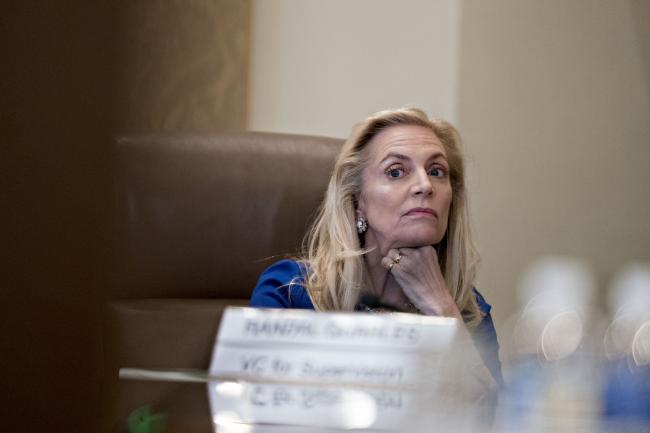(Bloomberg) -- Federal Reserve officials offered a damning take on rising inequality in America and the corrosive effects it can have on the economy.
Fed Governor Lael Brainard told a conference audience in Washington on Friday that the long-term vigor of the U.S. economy may be at risk as middle class households are squeezed by slow growth in income and wealth and rising costs for housing, health care and education.
“An economy that delivers an increasing share of income gains to high-wealth households could result in less growth in consumer demand than one in which the gains are distributed more equally,” she said.
Addressing local bankers at a breakfast event in the Bronx, New York Fed President John Williams (NYSE:WMB) sounded a similar note while responding to questions after a speech.
Rising inequality “is undermining, I believe, much of what makes our country great in terms of economics,” he said, pointing to a slowdown in business formation and productivity growth over the last few decades. “There are a lot of dimensions to this, but I think our economy really is not reaching its full potential because of these issues,” he said.
Declaring that the Fed’s mandate to deliver full employment has served the U.S. well, Brainard said wage growth has begun to pick up after years of slow gains. That’s especially important for middle class families which don’t have many other sources of income.
She said though it was “concerning” that the share of total national income going to wage earners has been in a long-term decline.
Multiple Challenges
Drawing in part on new data compiled by the Fed, Brainard sketched out some of the challenges confronting the middle class:
- They still have not fully recovered the wealth they lost in the Great Recession. At the end of 2018, the average middle income household had wealth of $340,000 while those in the top 10 percent had $4.5 million, up 19 percent from before the recession. While a big reason for the discrepancy is the surge in the stock market, the home equity of the average middle income family is also still below its pre-recession peak.
- One third of middle income adults say they would borrow money, sell something or not be able to pay an unexpected $400 expense. One fourth said they skipped some kind of medical care in 2018 because of its cost.
- Nearly three in 10 middle-income adults carry a balance on their credit card most or all of the time. Some eight in 10 are at least somewhat confident that they could obtain an additional credit card if they applied for it.
- The share of income spent on rent by middle class renters rose to 25 percent in 2018 from 18 percent in 2007.
One bright spot highlighted by Brainard: Average Americans may be better prepared for retirement than previously thought. That’s because of new data that factors in the expected value of defined benefit pension plans.
Still, with employers shifting away from such plans, it’s perhaps not surprising that many middle-income adults voice concern about their readiness for retirement, according to Brainard.
“In recent years, households at the middle of the income distribution have faced a number of challenges,’’ Brainard said. “That raises the question of whether middle-class living standards are within reach for middle-income Americans in today’s economy.’’
It also raises broader questions about America’s future.
“A strong middle class is often seen as a cornerstone of a vibrant economy and, beyond that, a resilient democracy,’’ she said.
